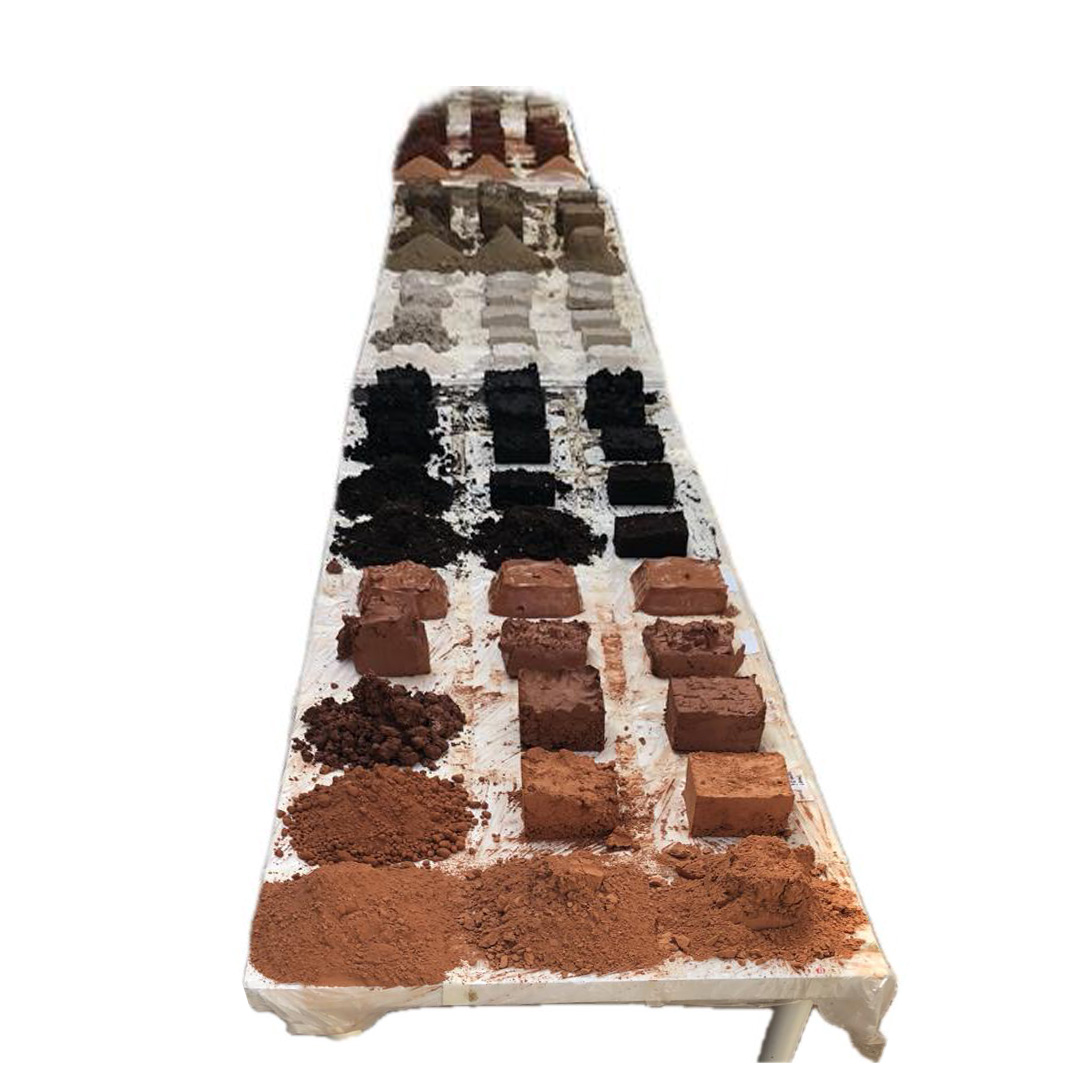Earth is becoming increasingly popular in contemporary architecture: hundreds of projects of high aesthetic and technical quality are emerging across five continents. This material has extremely low embodied energy, is locally available and appropriate for participatory buildings. It is 100% recyclable, and its high thermal mass is very valuable in hot climates. It could help provide a solution to the needs for ecological and economical housing.
Novel technologies for the construction sector such as 3D printing Earth have brought a new set of challenges for the material itself, where state of the art research in material science cohabit with ancestral technique to obtain new mechanical and aesthetic properties. This workshop will be the occasion to discover the material earth, its components and its possible additives, and how they influence the final properties.
Students will have the opportunity to adapt and develop their own material mixes for 3d printing and to learn how to measure and improve its various mechanicals and aesthetic properties.
Learning Objectives
- To understand which criteria define a sustainable choice in the building sector, and how could earth meet the need for a more sustainable built environment.
- To learn about earth building techniques, both traditional and contemporary ones; about their physical performances and trending technological innovations
- To learn about key projects built with earth
- To understand earth as a material: its properties and its physical structure
- To understand the multiple impact of water on earth performance: its recyclability and vulnerability, its fluidity and how fluidity can be achieved thanks to natural and synthetic additives.
- To compare the drying time, the shrinkage and the cracking of different earth formulations.
- To understand the pumpability factor and its impact on the building process.
- To understand basic hygro-thermal parameters and their effect on comfort, related to earth properties.
- To experiment how to improve earth structural and hygro-thermal performance adding fibres to the printing mix, and how this affects the previously mentioned factors.
- To understand the role of protecting finishes and stabilisation and the natural and synthetic options for different contexts.
- To define a selection of mixtures and ingredients that have been proven to give interesting results during the workshop experimentation, in order to develop them further in the following phases.




